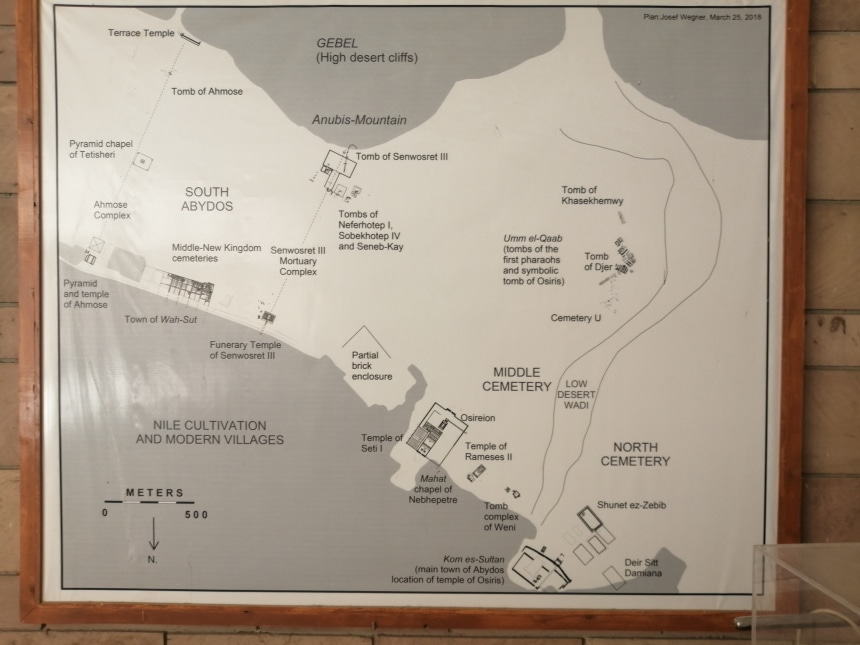
The Early Dynastic Period of Egypt marked the birth of one of the world’s greatest civilizations. This era, spanning from approximately 3000 to 2625 B.C.E., saw the unification of Upper and Lower Egypt under the rule of powerful kings. It was a time of warfare, political alliances, and remarkable advancements in governance, agriculture, and culture. From the establishment of Memphis as a political hub to the development of a bureaucratic system, this period laid the foundation for Egypt’s future greatness.
The Early Dynastic Period
Narmer’s victory did not put an immediate end to conflict. There were many periods of local warfare, with forces from the north and south clashing. For a while, the two lands continued to think of themselves as separate kingdoms. Narmer, who was from Ta-Shomu, may have married a Ta-Mehu princess to establish his right to rule the north. Throughout Egyptian history, many kings chose wives to strengthen their ties to the royal family or to seal political or diplomatic relationships. Second Dynasty king Khasekhemwy also married a northern princess.
This period, known as the Early Dynastic Period, covers 375 years of what Egyptologists have named Dynasties 0 to 3 (3000–2625 B.C.E.). Most information about the Early Dynastic Period comes from royal tombs at Abydos and tombs of noble people at Saqqara. The few items not taken by tomb robbers show that arts and crafts were already highly advanced.
Early kings wanted to be assured they would have plenty of help and companionship in the afterlife—the life they would live after they died on Earth. When they died, servants and family members were killed and buried with them. First Dynasty king Djer was buried with more than 300 people. This cruel, wasteful practice was ended by the end of the First Dynasty.
Advancements in Governance and Society
The population was growing rapidly, reaching an estimated 1 million by the end of the Second Dynasty. One of the king’s most important roles was to increase food production. He did this by extending irrigation systems—bringing water to the fields to help crops grow—and making more land suitable for farming. Wet, marshy land was drained using dams and canals, creating new farmland and space for towns and cities.
First Dynasty king Menes (Hor-Aha) founded the capital city of Memphis on this kind of drained land. Memphis (which means “white walls”), at the southern tip of the Nile Delta, became one of the ancient world’s greatest cities.
Artistic, cultural, religious, and political traditions were established during the Early Dynastic Period and continued throughout Egypt’s history. At Memphis, a highly centralized, bureaucratic government was soon in place. A bureaucratic government is one run by professional officials who work in the government regardless of who is in charge. The government employed large numbers of scribes, tax collectors, accountants, engineers, and architects. Specialists oversaw trade, irrigation, drainage, and the distribution and storage of food.
Scribes, whose job was to record important information, quickly transitioned from hieroglyphics, which are based on pictures, to speedier hieratic script (a kind of hieroglyphic shorthand). They wrote on sheets or rolls of papyrus, made from the fiber of the papyrus plant. Accountants and engineers had all the basic mathematical and surveying skills needed to set property boundaries and calculate crop yields. The 365-day calendar was in place, and a system of weights and measures simplified trade and tax collection.
Conclusion
The Early Dynastic Period was a transformative era in Egyptian history, setting the stage for the grandeur of the Old Kingdom and beyond. With political unification, advancements in agriculture, the establishment of a structured government, and the flourishing of arts and culture, Egypt laid the foundation for its rise as a powerful civilization. The traditions, innovations, and leadership strategies developed during this time would influence Egypt’s future for millennia, shaping one of the most remarkable empires in history.


